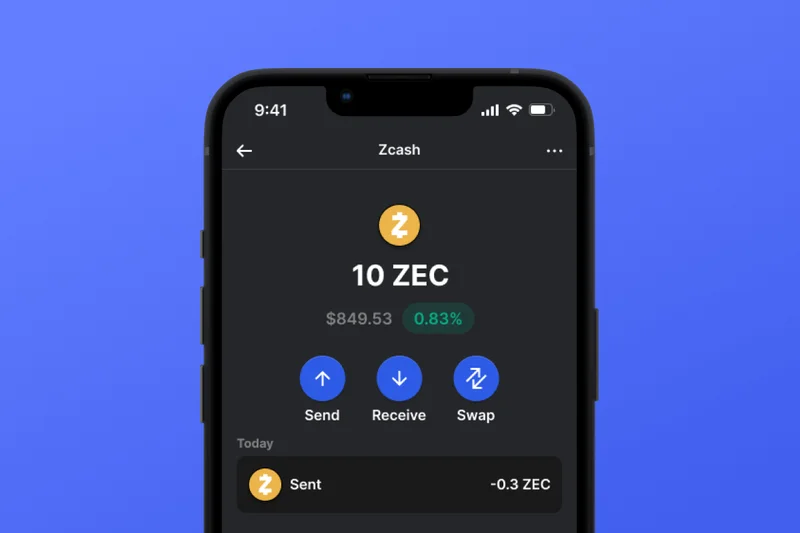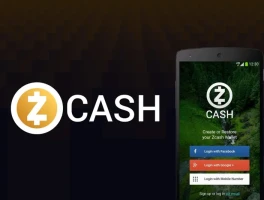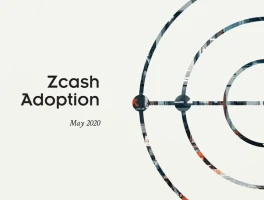Zcash's 700% Surge: Privacy Revolution or Vaporwave Rally?
The Privacy Premium
The word "cryptocurrency" implies secrecy, but let's be honest, most chains are more like public ledgers. Bitcoin's transparency is a feature, not a bug, for many. But lately, the market's been flirting with the idea of privacy again. Zcash (ZEC), the OG privacy coin, is up 700% since September. That's not a typo. Seven. Hundred. Percent.
Predictably, the usual suspects are weighing in. Some Bitcoin maximalists are calling it an "artificial" pump, warning of bag holders. Economist Lyn Alden even cautioned against "coordinated token pumps." Investor Naval Ravikant countered with a defense of privacy, saying "transparent crypto won’t survive a government crackdown.” It's the same old debate, repackaged for 2024.
Zcash launched in 2016, forking from Bitcoin to address its lack of transactional privacy. While Bitcoin transactions are publicly visible (check mempool.space), Zcash uses zero-knowledge proofs (zk-SNARKs) to shield sender, receiver, and amount. Monero got there earlier with ring signatures, but Zcash was first to implement zk-SNARKs at the protocol level.
So, why now? Zcash has been largely ignored for years, overshadowed by Monero. But a few things have changed. The Zashi wallet launched in March 2024, simplifying the shielding UX. More importantly, the anonymity set is expanding. Over 30% of all ZEC is now in shielded pools. A bigger pool means stronger privacy. The largest pool, Orchard, holds over 4 million ZEC, about 25% of the total circulating supply.
Transparent supply is down almost 3 million ZEC this year, from about 14 million to 11.4 million (about 70% of total supply). The data suggests a real shift toward privacy, or at least the perception of it.
The Node Bottleneck
Here's where the numbers get a little less rosy. Zcash currently maintains roughly 100–120 full nodes. That's up from lows near 60 earlier this year, but still tiny compared to Bitcoin (~24,000 nodes) or Monero (~4,000).
Why so few? Running a Zcash node is resource-intensive. Every shielded transaction requires zk-SNARK verification, which demands more CPU and memory than Bitcoin's standard signature checks. The network's multi-pool architecture (Sprout, Sapling, Orchard) adds complexity, and frequent network upgrades force node operators to constantly update software.

Does this node bottleneck undermine the entire privacy narrative? It's a valid question. A decentralized network needs nodes to verify transactions and maintain consensus. Fewer nodes mean greater centralization, and potentially, greater vulnerability to attack or censorship.
Sean Bowe is working on "Project Tachyon," a scaling initiative to improve shielded transaction throughput. Bowe claims Tachyon could enable large performance gains without introducing a new shielded protocol. He describes it as a way to solve “every bottleneck with relatively simple cryptography.” In effect, Tachyon could become to Zcash what Firedancer is to Solana.
NEAR Intents are also in play, part of a cross-chain coordination layer built on the NEAR protocol. They allow users to express an intention (like “pay X amount of ETH to address y”) rather than manually managing bridges, swaps, or wallets. For Zcash, it means users can move assets from transparent networks into Zcash’s shielded pools and back without exposing every step onchain.
Hyperliquid listed ZEC perps a few weeks ago, allowing traders to take leveraged positions on the privacy coin. Open interest is around $115 million as of Oct. 30, contributing to greater spot price volatility.
The discourse around Zcash mirrors Bitcoin’s early debates about the right to privacy vs. the reality of regulation. Regulators tend to scrutinize Monero (XMR) more heavily because its privacy is mandatory by default. In 2020, the IRS’ Criminal Investigation division even issued a contract to Chainalysis and Integra FEC to research methods for tracing Monero transactions. Zcash, by contrast, implements optional privacy through zk-SNARKs, which fully encrypt data and produce larger anonymity sets when shielded addresses are used.
What's driving this resurgence? A16z's 2025 State of Crypto report notes a surge in Google search interest for privacy-related terms. Some Bitcoin critics lament the "institutionalization" of Bitcoin, calling it "dominated by ETFs" and centralized custodians. Zcash's advocates, by contrast, frame it as "encrypted Bitcoin," a return to cypherpunk principles amid widespread onchain surveillance.
The Privacy Premium is Overpriced (For Now)
Zcash’s 700% surge is eye-catching, but let's not mistake correlation for causation. The increase in shielded ZEC is real, and the improved UX is a plus. But the network's node count remains a concern. The argument that "transparent crypto won't survive a government crackdown" sounds good in theory, but it needs more than just words; it needs a robust, decentralized infrastructure.
I've seen enough of these rallies to know that speculation often outpaces fundamentals. (The dot-com boom taught me that lesson the hard way.) Zcash's technology has improved, but the core challenge—scalability and decentralization—remains. Until those issues are addressed, this rally feels more like a vaporwave surge than a true privacy revolution.


